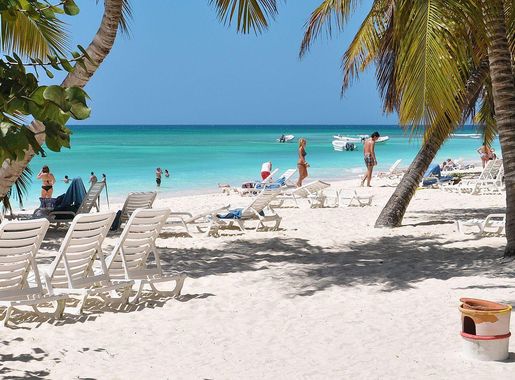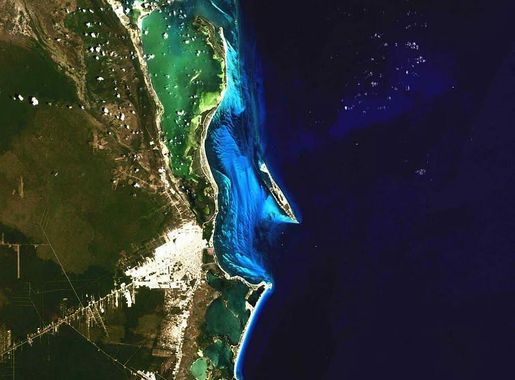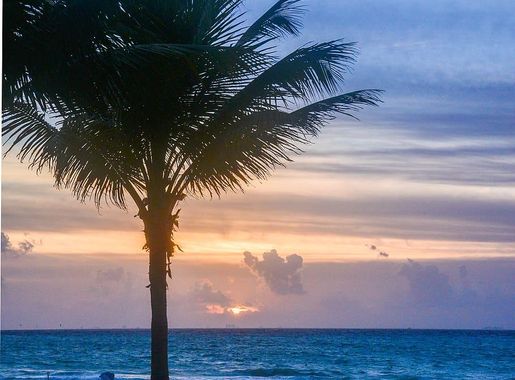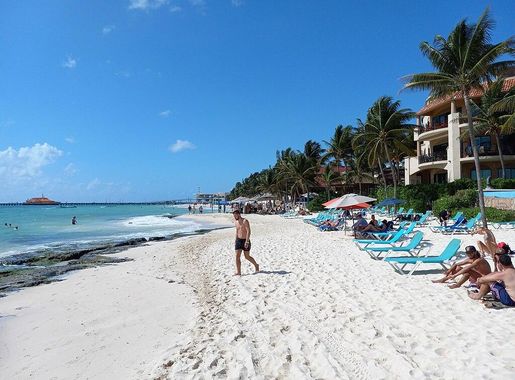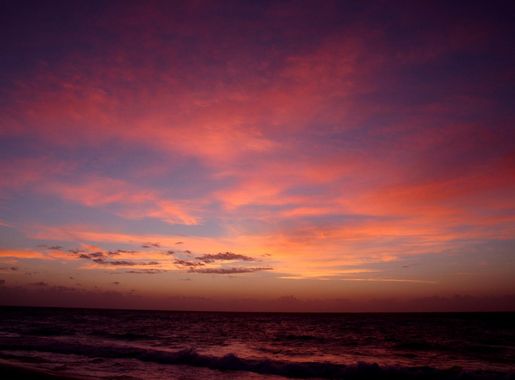
Punta Esmeralda: A Hidden Gem in Playa del Carmen
Explore Punta Esmeralda, Playa del Carmen's serene beach haven, where turquoise waters meet white sands, and local charm offers a tranquil escape from the crowds.
Punta Esmeralda is a picturesque neighbourhood in Playa del Carmen, Mexico, known for its pristine beaches and tranquil ambiance. Nestled along the Riviera Maya, it offers a serene escape from the bustling tourist hubs while providing easy access to the vibrant culture and activities of Playa del Carmen. The beachfront at Punta Esmeralda is its crown jewel, boasting soft white sands and clear turquoise waters. It's a perfect spot for sunbathing, swimming, and snorkeling. The area is less crowded than the main beaches, allowing visitors to enjoy a more relaxed and intimate experience with nature. The beach also features a natural cenote, a freshwater sinkhole, ideal for a refreshing dip. Beyond the beach, Punta Esmeralda offers lush green spaces and walking paths that are perfect for a morning jog or a leisurely stroll. The neighbourhood exudes a laid-back vibe, with local eateries and cafes serving delicious Mexican cuisine. For those looking to explore further, the lively Quinta Avenida (Fifth Avenue) is just a short drive away, offering a plethora of shops, restaurants, and nightlife options.
Local tips in Punta Esmeralda
- Visit early in the morning or late afternoon to avoid the midday heat and enjoy the beach at its most peaceful.
- Bring snorkeling gear to explore the vibrant marine life in the clear waters.
- Don't miss the chance to swim in the natural cenote located right on the beach.
- Try the local food at nearby eateries for an authentic taste of Mexican cuisine.
- Pack a picnic and spend a leisurely day at the beach, as there are few vendors in the area.
Punta Esmeralda: A Hidden Gem in Playa del Carmen
Punta Esmeralda is a picturesque neighbourhood in Playa del Carmen, Mexico, known for its pristine beaches and tranquil ambiance. Nestled along the Riviera Maya, it offers a serene escape from the bustling tourist hubs while providing easy access to the vibrant culture and activities of Playa del Carmen. The beachfront at Punta Esmeralda is its crown jewel, boasting soft white sands and clear turquoise waters. It's a perfect spot for sunbathing, swimming, and snorkeling. The area is less crowded than the main beaches, allowing visitors to enjoy a more relaxed and intimate experience with nature. The beach also features a natural cenote, a freshwater sinkhole, ideal for a refreshing dip. Beyond the beach, Punta Esmeralda offers lush green spaces and walking paths that are perfect for a morning jog or a leisurely stroll. The neighbourhood exudes a laid-back vibe, with local eateries and cafes serving delicious Mexican cuisine. For those looking to explore further, the lively Quinta Avenida (Fifth Avenue) is just a short drive away, offering a plethora of shops, restaurants, and nightlife options.
Iconic landmarks you can’t miss
BlueBay Grand Esmeralda
Experience luxury and adventure at BlueBay Grand Esmeralda, an all-inclusive resort in Playa del Carmen, perfect for families and couples alike.
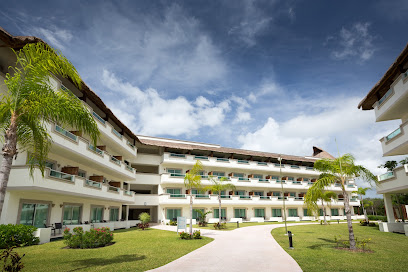
Portal Maya
Explore Portal Maya, a breathtaking monument in Playa del Carmen, celebrating the rich legacy of the Mayan civilization amidst stunning Caribbean views.
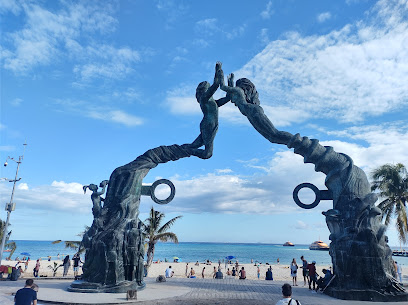
La Quinta Avenida
Explore the vibrant La Quinta Avenida in Playa del Carmen, where shopping, dining, and nightlife come together in a lively coastal atmosphere.

3D Museum of Wonders
Explore creativity and illusion at the 3D Museum of Wonders in Playa del Carmen, where art meets fun in a stunning interactive environment.
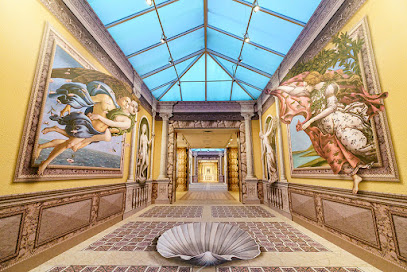
Playa Punta Esmeralda
Discover the serene beauty of Playa Punta Esmeralda, a tranquil beach oasis in Playa del Carmen with stunning views and a peaceful atmosphere.
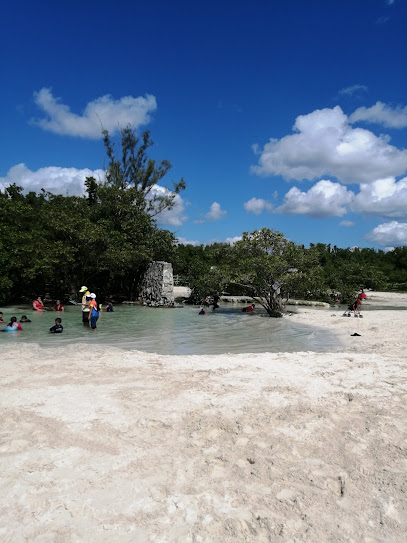
Playa 88
Experience Playa 88, a beautiful beach destination in Playa del Carmen, known for its golden sands, vibrant atmosphere, and water sports.
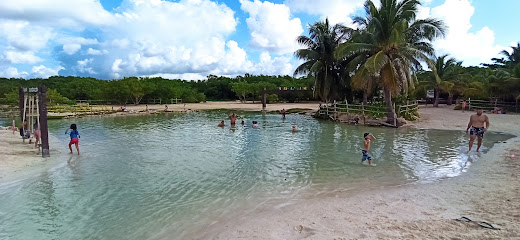
Esmeralda plaza
Discover the vibrant shopping experience at Esmeralda Plaza in Playa del Carmen, where local charm meets international flair.
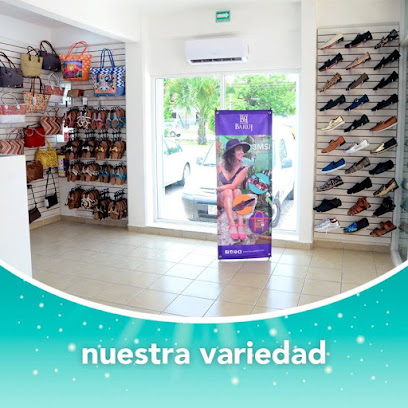
Playa Xcalacoco
Unwind at Playa Xcalacoco, a pristine beach in Playa del Carmen, Mexico, offering tranquil waters, soft sands, and stunning natural beauty.
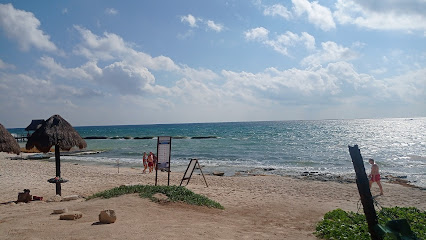
La Fuente Maya
Discover La Fuente Maya in Playa del Carmen, a stunning sculptural landmark that embodies the rich cultural heritage and artistry of Mexico.
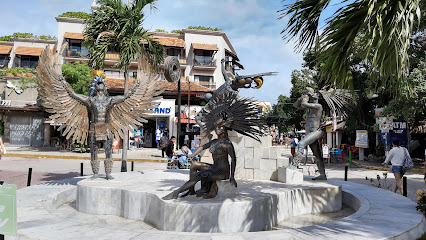
Condo Punta Esmeralda
Experience luxury and tranquility at Condo Punta Esmeralda, your perfect getaway in Playa del Carmen's stunning Caribbean landscape.
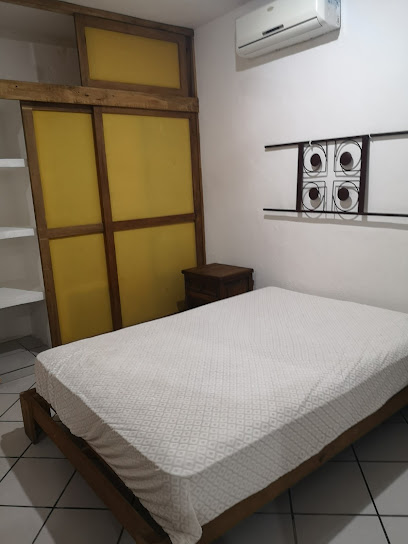
Playa Punta Esmeralda, Playa del Carmen, México
Experience the tranquility of Playa Punta Esmeralda, a hidden gem in Playa del Carmen with pristine beaches and crystal-clear waters for a perfect getaway.
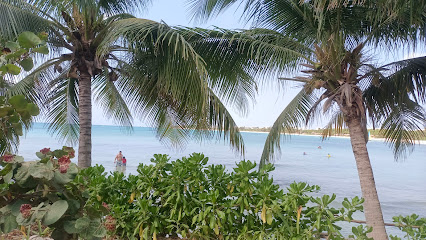
Unmissable attractions to see
Xplor Park
Explore the thrill of adventure and nature at Xplor Park, an eco-themed paradise in Playa del Carmen offering zip-lining, underground rivers, and more.
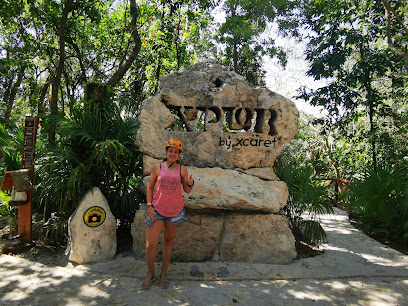
Portal Maya
Discover the Portal Maya, a breathtaking monument in Playa del Carmen that celebrates the rich heritage of the Mayan civilization amidst stunning coastal views.
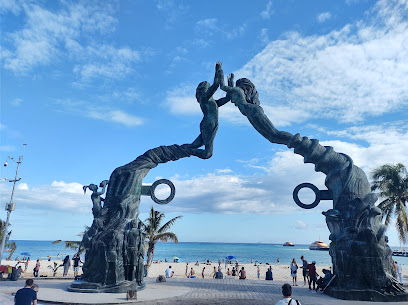
3D Museum of Wonders
Explore the 3D Museum of Wonders in Playa del Carmen, where art and illusion come together for an unforgettable interactive experience.
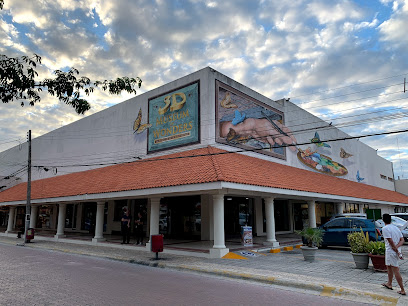
Delphinus Riviera Maya
Experience the thrill of swimming with dolphins at Delphinus Riviera Maya, an unforgettable aquatic adventure in Playa del Carmen's stunning surroundings.
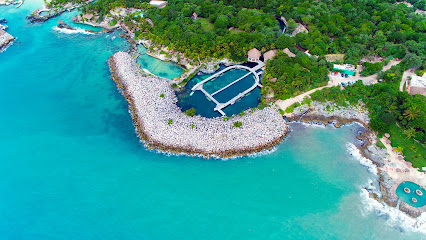
Playa Punta Esmeralda
Experience the tranquil beauty of Playa Punta Esmeralda, a hidden gem in Playa del Carmen, where adventure meets relaxation amid stunning natural landscapes.
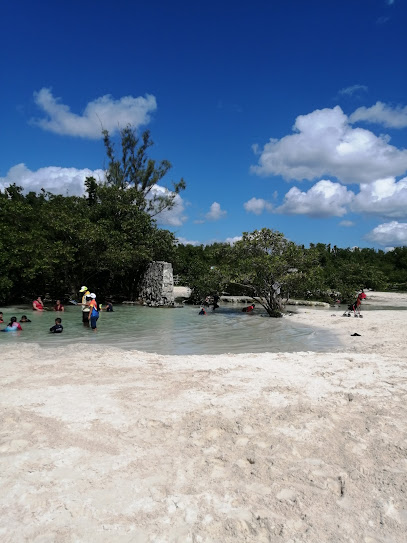
Parque La Ceiba
Experience the vibrant recreational hub of Parque La Ceiba, where nature, fitness, and culture blend seamlessly in Playa del Carmen.
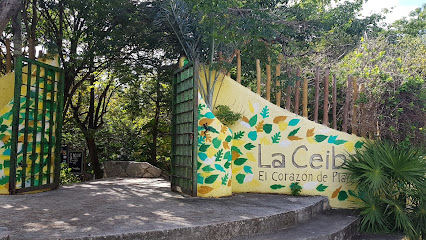
Letras Playa del Carmen
Discover the vibrant Letras Playa del Carmen, where art meets culture in a beautiful coastal setting, perfect for unforgettable memories and stunning photos.
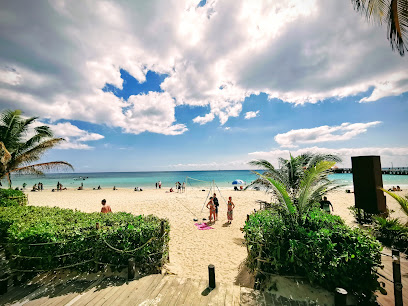
SAYAB Planetario de Playa del Carmen
Explore the wonders of the universe at SAYAB Planetario de Playa del Carmen, a captivating tourist attraction blending education and entertainment.
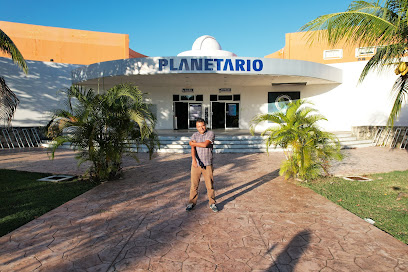
Playa Del Amor
Experience the serene beauty of Playa Del Amor, a tranquil beach paradise in Playa del Carmen, perfect for relaxation and adventure amidst stunning Caribbean views.
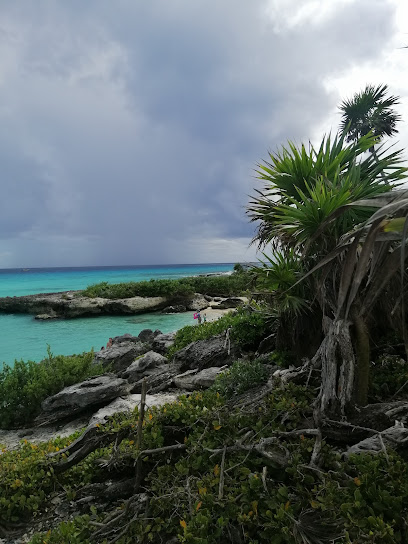
Playa del Car
Discover the enchanting beauty of Playa del Car, a paradise of white sands and turquoise waters in Playa del Carmen, Quintana Roo.
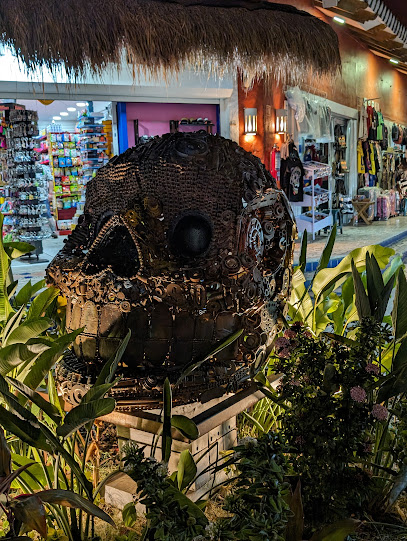
Playa del Carmen Lighthouse
Explore the iconic Playa del Carmen Lighthouse, a captivating blend of history, stunning views, and vibrant local culture in the heart of Mexico's Caribbean coast.
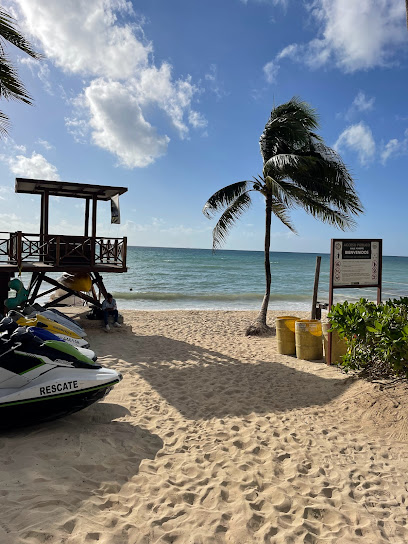
Essential places to dine
Mamita's Beach Club
Discover Mamita's Beach Club: A vibrant restaurant and bar at Playa del Carmen's beautiful coastline offering delicious cuisine and lively entertainment.
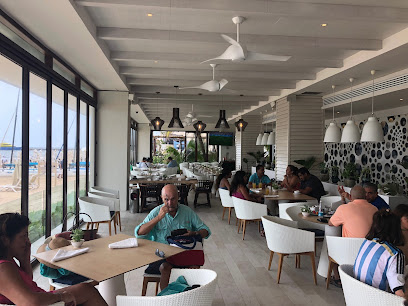
La Cueva del Chango
Discover the heart of Mexican cuisine at La Cueva del Chango, where fresh ingredients meet vibrant flavors in Playa del Carmen.
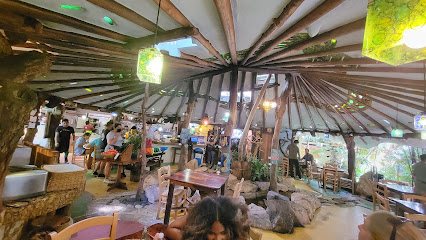
Alux Restaurant Bar and Lounge
Discover the enchanting Alux Restaurant Bar and Lounge in Playa del Carmen - where exquisite cuisine meets stunning cave ambiance.
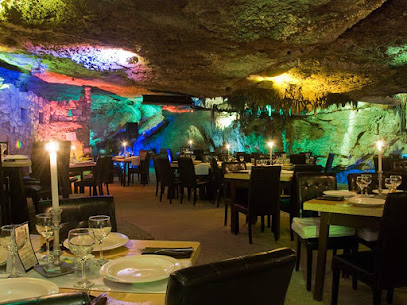
Pik Nik Playa
Experience authentic Mexican flavors at Pik Nik Playa in Playa del Carmen - a seafood lover's paradise filled with vibrant tastes!
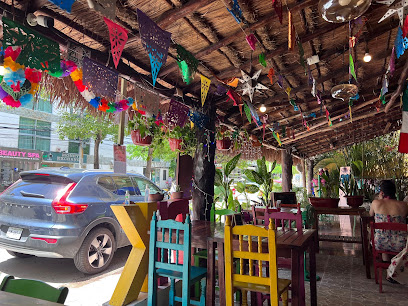
Harry's Steakhouse & Raw Bar | Playa del Carmen
Experience unparalleled luxury dining at Harry's Steakhouse & Raw Bar in Playa del Carmen—where exquisite steaks meet fresh seafood in a vibrant atmosphere.
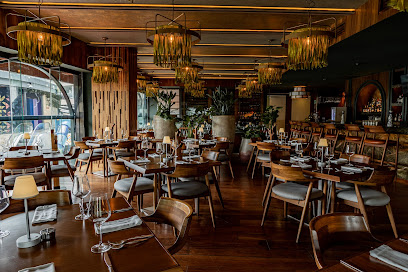
Luma Taverna Del Mar
Discover exquisite Italian cuisine fused with fresh seafood at Luma Taverna Del Mar in Playa del Carmen, offering stunning sea views and vibrant ambiance.

Chef PLAYA mariscos
Experience authentic Mexican seafood cuisine at Chef PLAYA Mariscos in Playa del Carmen – a true culinary gem by the beach.
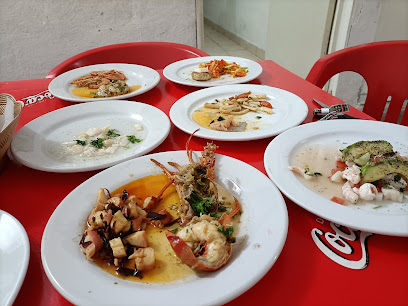
The Traveler's Table
Experience authentic Mexican flavors at The Traveler's Table on Punta Venado Beach – where fast food meets breathtaking views.

Marisquería Punta Esmeralda
Experience fresh seafood delights at Marisquería Punta Esmeralda in Playa del Carmen – a culinary haven for seafood enthusiasts.
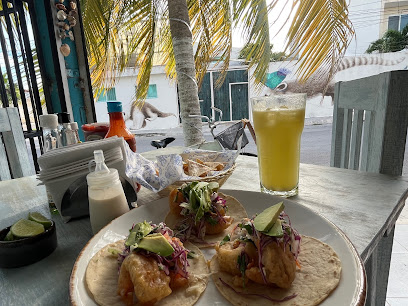
Faro Azul
Experience the best of Playa del Carmen dining at Faro Azul - where local flavors meet exquisite hospitality in a serene setting.

Markets, malls and hidden boutiques
Plaza Las Américas
Experience the ultimate shopping and dining destination at Plaza Las Américas in Playa del Carmen, where excitement meets convenience.
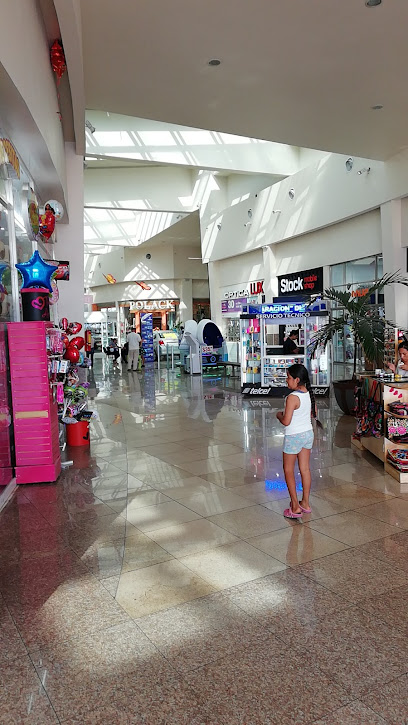
Quinta Alegría Shopping Mall
Explore the lively Quinta Alegría Shopping Mall in Playa del Carmen - a blend of local boutiques, global brands, and delightful dining experiences.
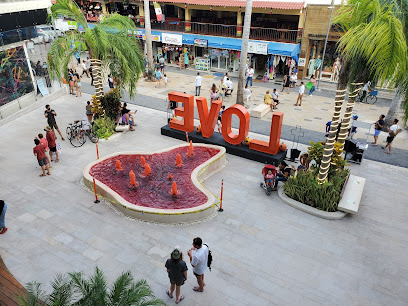
CENTRO MAYA
Discover a vibrant shopping experience at Centro Maya in Playa del Carmen, featuring diverse shops, dining options, and entertainment for all.
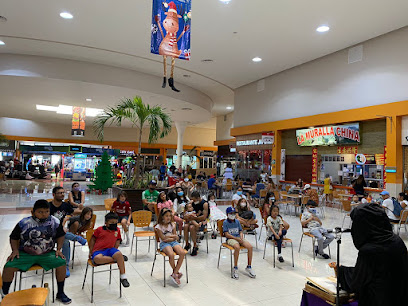
Paseo del Carmen Shopping Mall
Discover the ultimate shopping experience at Paseo del Carmen Shopping Mall in Playa del Carmen, featuring a variety of stores, dining options, and entertainment.
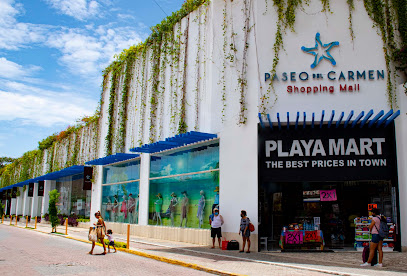
Calle Corazón
Explore Calle Corazón, the vibrant shopping mall in Playa del Carmen, featuring unique boutiques and diverse dining options in a lively atmosphere.
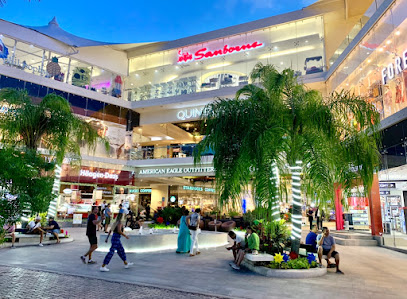
Playa Punta Esmeralda
Discover the serene beauty of Playa Punta Esmeralda, a picturesque beach in Playa del Carmen, where relaxation meets adventure in paradise.
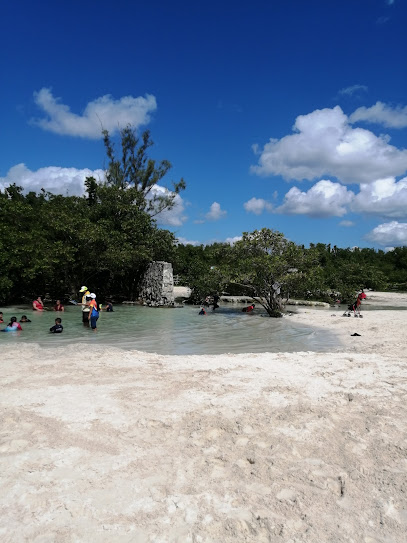
Playa Mamitas
Explore Playa Mamitas for a unique blend of shopping, dining, and beach relaxation in Playa del Carmen's vibrant atmosphere.
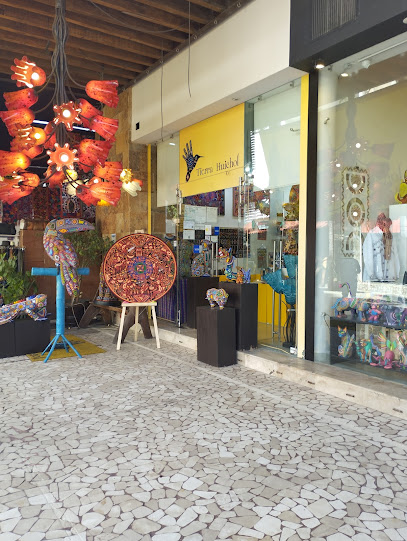
Ambarte
Discover unique handcrafted jewelry at Ambarte in Playa del Carmen, where tradition meets modern elegance in every exquisite piece.
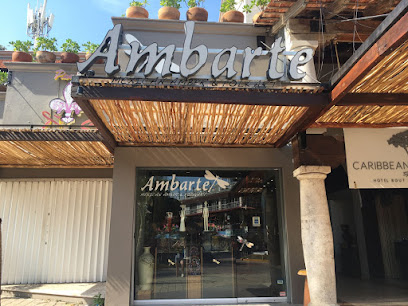
Esmeralda plaza
Explore Esmeralda Plaza, a lively shopping mall in Playa del Carmen, where shopping, dining, and entertainment converge for an unforgettable experience.
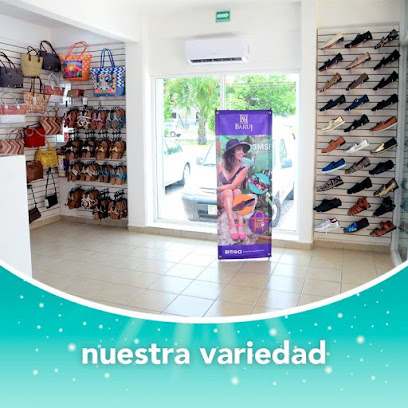
Playa Land
Discover an eclectic collection of unique souvenirs and local crafts at Playa Land, the ultimate gift shop in the heart of Playa del Carmen.
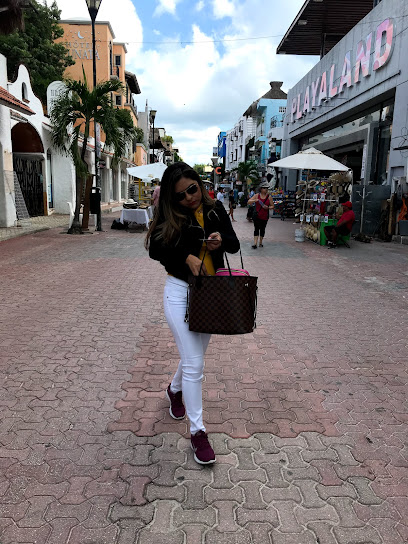
Essential bars & hidden hideouts
Fusion Beach Bar Cuisine
Experience the best of Playa del Carmen at Fusion Beach Bar Cuisine, where exceptional food meets breathtaking ocean views.
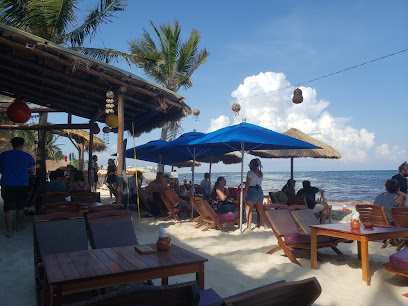
Onyx Bar
Discover the lively atmosphere and exquisite cocktails at Onyx Bar, a vibrant nightlife hub in Playa del Carmen.
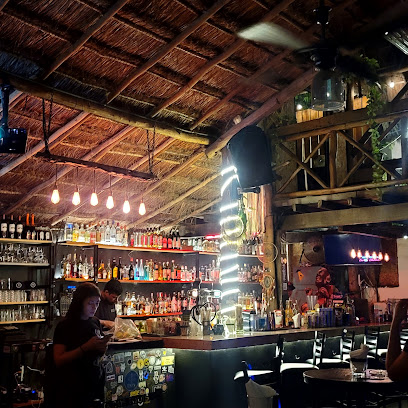
Deck 5 Pool and Skybar
Discover the vibrant atmosphere of Deck 5 Pool and Skybar in Playa del Carmen, where breathtaking views meet exquisite cocktails in a tropical paradise.

Dirty Martini Lounge
Discover the lively Dirty Martini Lounge in Playa del Carmen, a vibrant bar known for its signature cocktails and unforgettable nightlife experience.
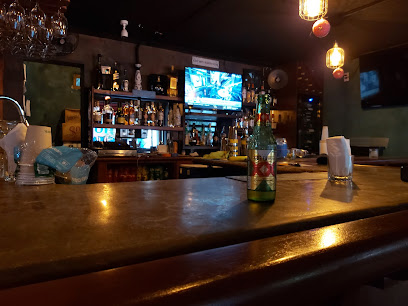
Club 115
Experience the vibrant nightlife at Club 115, a lively bar in Playa del Carmen offering diverse drinks and an unforgettable atmosphere.
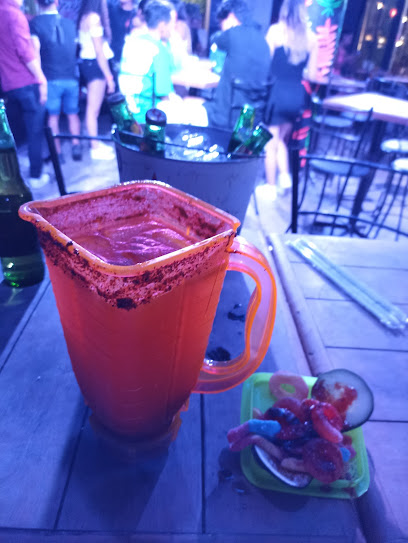
Kukulkan Social Roof
Experience Playa del Carmen's nightlife at Kukulkan Social Roof, a vibrant rooftop bar with stunning views, great music, and delicious drinks.

Columpios Bar
Experience the vibrant spirit of Quintana Roo at Columpios Bar, where refreshing drinks and tropical views await.
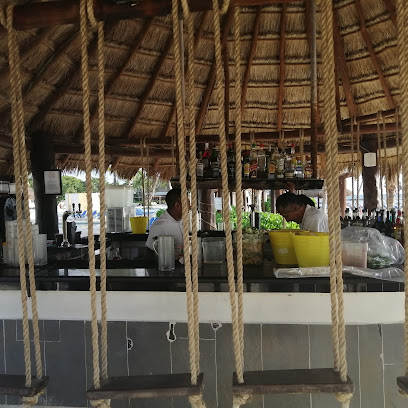
paraiso beach club
Experience the vibrant atmosphere of Paraiso Beach Club in Playa del Carmen – a perfect blend of sun, sand, and refreshing cocktails.

BAR SWIM-UP
Discover the ultimate swim-up bar experience in Playa del Carmen, where refreshing cocktails and vibrant atmosphere come together in paradise.
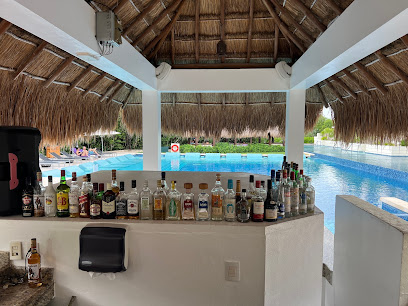
Lobby Bar
Discover the Lobby Bar at Ocean Maya Royale, where tropical drinks and a serene atmosphere create the perfect escape in the Riviera Maya.
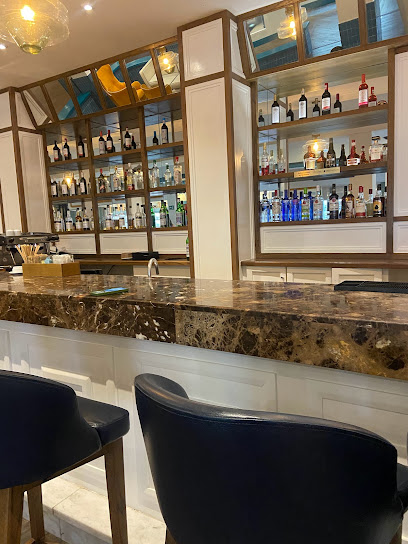
Local Phrases
-
- HelloHola
[oh-lah] - GoodbyeAdiós
[ah-dee-ohs] - YesSí
[see] - NoNo
[noh] - Please/You're welcomePor favor/De nada
[por fah-vor/de nah-dah] - Thank youGracias
[grah-see-ahs] - Excuse me/SorryDisculpe/Lo siento
[dee-skool-peh/loh see-ehn-toh] - How are you?¿Cómo estás?
[koh-moh ehs-tahs] - Fine. And you?Bien. ¿Y tú?
[bee-ehn. ee too] - Do you speak English?¿Hablas inglés?
[ah-blahs een-glehs] - I don't understandNo entiendo
[noh ehn-tee-ehn-doh]
- HelloHola
-
- I'd like to see the menu, pleaseMe gustaría ver el menú, por favor
[meh goo-stah-ree-ah vehr ehl meh-noo, por fah-vor] - I don't eat meatNo como carne
[noh koh-moh kahr-neh] - Cheers!¡Salud!
[sah-lood] - I would like to pay, pleaseMe gustaría pagar, por favor
[meh goo-stah-ree-ah pah-gar, por fah-vor]
- I'd like to see the menu, pleaseMe gustaría ver el menú, por favor
-
- Help!¡Ayuda!
[ah-yoo-dah] - Go away!¡Vete!
[veh-teh] - Call the Police!¡Llama a la Policía!
[yah-mah ah lah poh-lee-see-ah] - Call a doctor!¡Llama a un doctor!
[yah-mah ah oon dohk-tohr] - I'm lostEstoy perdido
[ehs-toy pehr-dee-doh] - I'm illEstoy enfermo
[ehs-toy ehn-fehr-moh]
- Help!¡Ayuda!
-
- I'd like to buy...Me gustaría comprar...
[meh goo-stah-ree-ah kohm-prahr...] - I'm just lookingSólo estoy mirando
[soh-loh ehs-toy mee-rahn-doh] - How much is it?¿Cuánto cuesta?
[kwan-toh kwehs-tah] - That's too expensiveEso es muy caro
[eh-soh ehs moo-ee kah-roh] - Can you lower the price?¿Puede bajar el precio?
[pweh-deh bah-har ehl pree-see-oh]
- I'd like to buy...Me gustaría comprar...
-
- What time is it?¿Qué hora es?
[keh oh-rah ehs] - It's one o'clockEs la una
[ehs lah oo-nah] - Half past (10)Media (10)
[meh-dee-ah (dheez-eez)] - MorningMañana
[mah-nyah-nah] - AfternoonTarde
[tahr-deh] - EveningNoche
[noh-cheh] - YesterdayAyer
[ah-yehr] - TodayHoy
[oy] - TomorrowMañana
[mah-nyah-nah] - 1Uno
[oo-no] - 2Dos
[dohs] - 3Tres
[trehs] - 4Cuatro
[kwah-troh] - 5Cinco
[seen-koh] - 6Seis
[says] - 7Siete
[syeh-teh] - 8Ocho
[oh-choh] - 9Nueve
[nweh-veh] - 10Diez
[dyehs]
- What time is it?¿Qué hora es?
-
- Where's a/the...?¿Dónde está...?
[dohn-deh ehs-tah] - What's the address?¿Cuál es la dirección?
[kwal ehs lah dee-rehk-syon] - Can you show me (on the map)?¿Puede mostrarme (en el mapa)?
[pweh-deh mohs-trar-meh (ehn ehl mah-pah)] - When's the next (bus)?¿Cuándo es el próximo (autobús)?
[kwan-doh ehs ehl proh-ksee-moh (ow-toh-boos)] - A ticket (to ....)Un boleto (a ....)
[oon boh-leh-toh (ah)]
- Where's a/the...?¿Dónde está...?
History of Punta Esmeralda
-
Punta Esmeralda, like the broader region of Playa del Carmen, has roots deeply embedded in the history of the ancient Maya civilization. The area was once part of a vital network of trade routes that connected various Mayan cities. Archaeological evidence suggests that the region was inhabited by the Maya as early as 250 AD, with significant developments occurring in the Classic Period (250-900 AD). The nearby ruins of Tulum and Coba reflect this rich heritage, showcasing the architectural and cultural achievements of the Maya.
-
Following the Spanish conquest in the 16th century, the coastal areas of the Yucatán Peninsula, including Playa del Carmen, began to see significant changes. The establishment of Spanish settlements led to the decline of the indigenous populations and the introduction of new agricultural practices. Punta Esmeralda, while primarily a natural area, was affected by these colonial dynamics as the coastal region evolved from a trade hub into a more structured colonial settlement, eventually contributing to the growth of Playa del Carmen.
-
In the late 20th century, Playa del Carmen transformed from a small fishing village into a popular tourist destination. Punta Esmeralda began to gain recognition for its pristine beaches and natural beauty, becoming a favored spot among locals and visitors alike. The 1990s saw a boom in tourism infrastructure, and Punta Esmeralda's scenic allure was instrumental in attracting more visitors to the area, shaping its identity as a beach community.
-
Today, Punta Esmeralda reflects a blend of traditional Mexican culture and contemporary influences. The local community celebrates various festivals and traditions that highlight the region's heritage, such as Día de los Muertos and Carnaval. The area's cultural landscape is enriched by its proximity to Playa del Carmen, where diverse restaurants, art galleries, and cultural events showcase the vibrant life of this coastal community.
-
In recent years, Punta Esmeralda has become a focal point for environmental conservation efforts, emphasizing the importance of protecting its natural resources. Local initiatives aimed at preserving the beaches and mangroves have gained momentum, promoting sustainable tourism practices. The community's commitment to environmental stewardship reflects a growing awareness of the need to balance development with the preservation of the region's ecological heritage.
Punta Esmeralda Essentials
-
Punta Esmeralda is easily accessible from other neighborhoods in Playa del Carmen. If you're coming from the downtown area, you can take a taxi or a colectivo (shared van) for a quick and affordable ride. Biking is also a popular option, with many rental shops offering bikes for the day. For those arriving from Cancun, the ADO bus terminal offers services to Playa del Carmen, and from there, you can use local transportation to reach Punta Esmeralda.
-
Punta Esmeralda is a compact area, making it easy to explore on foot or by bicycle. Many visitors rent bikes to navigate through the beach and nearby trails. Local buses and colectivos connect Punta Esmeralda with other neighborhoods in Playa del Carmen, and taxis are available for more direct routes. Ride-sharing apps are also operational in the area.
-
Punta Esmeralda is generally a safe neighborhood for tourists, with lower crime rates compared to other areas in Playa del Carmen. However, it is advisable to remain vigilant, especially at night. Avoid walking alone in poorly lit areas and be cautious with your belongings in crowded places. While the central tourist areas are safe, areas to the south of the neighborhood have reported higher crime rates, so it is best to stay within well-populated areas.
-
In case of emergency, dial 911 for police or medical assistance. The nearest hospital is located in downtown Playa del Carmen. It is recommended to have travel insurance that covers medical emergencies. For minor ailments, local pharmacies can provide over-the-counter medications. Always keep a list of emergency contacts handy, including your country's embassy.
-
Fashion: Do wear light, breathable clothing suitable for the beach, but avoid overly revealing outfits when leaving the beach. Religion: Do respect local customs and dress appropriately when visiting any religious sites. Public Transport: Do be polite and offer your seat to those in need. Don't engage in loud conversations on public transport. Greetings: Do greet locals with a friendly smile and 'Hola.' Eating & Drinking: Do try local seafood and drinks like agua de jamaica. Don't drink tap water; always opt for bottled water.
-
To experience Punta Esmeralda like a local, visit the beach early in the morning to enjoy the sunrise and peaceful atmosphere. Try to engage with locals at beachside eateries for authentic food experiences. If you're interested in nature, explore the nearby cenotes, which are less crowded during weekdays. Don't overlook the local markets for fresh produce and handmade crafts, as they often reflect the culture and flavors of the region.
Nearby Cities to Punta Esmeralda
-
Things To Do in Cozumel
-
Things To Do in Cancun
-
Things To Do in Tulum
-
Things To Do in Corozal Town
-
Things To Do in San Pedro
-
Things To Do in Orange Walk Town
-
Things To Do in Caye Caulker
-
Things To Do in Belize City
-
Things To Do in Campeche
-
Things To Do in Dangriga
-
Things To Do in Hopkins
-
Things To Do in San Ignacio
-
Things To Do in Tikal
-
Things To Do in Placencia
-
Things To Do in Roatán

